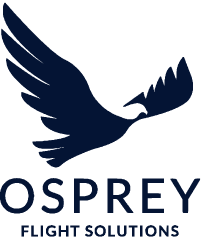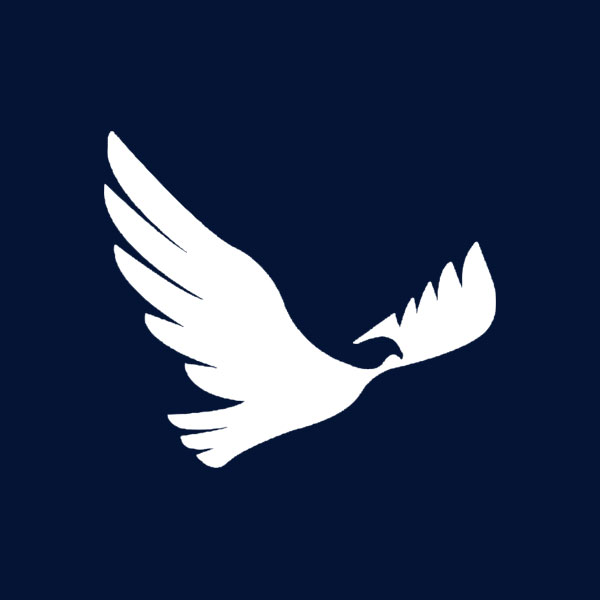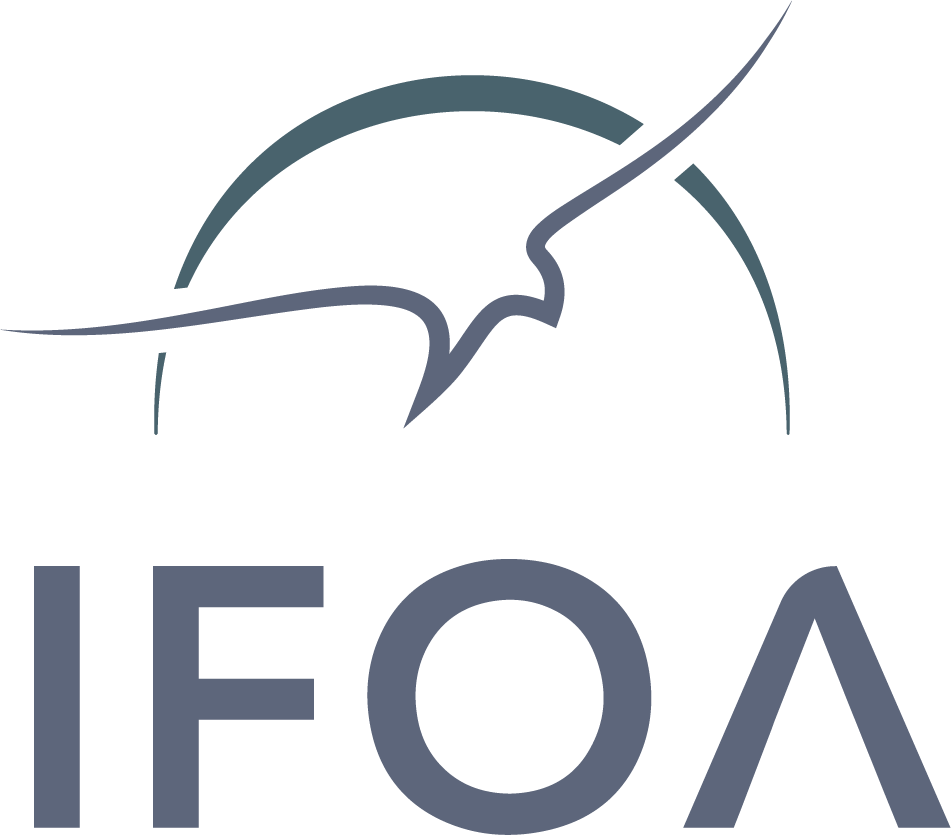Background
In June 2018, the leaders of North Korea and the United States, Kim Jong-un and Donald Trump, met in Singapore for talks – the first ever between the two countries – aimed at "defusing tensions and nuclear disarmament". However, any potential for de-escalation in the region was short-lived. As the US refused to move on the issue of sanctions, North Korea promptly resumed its hostile rhetoric and missile tests without warning, despite having submitted just six months earlier to the demands of the International Civil Aviation Organization (ICAO) for compliance with international aviation standards, which require advance warning of "activity hazardous to aviation".
North Korea failed to issue advance warning of missile test launches into the Sea of Japan and the Yellow Sea throughout 2021 and 2022. This significant threat to aviation prompted the Canadian, German, French and UK civil aviation authorities to extend their conflict zone notices relating to North Korean airspace during 2022, and in late 2020 the US FAA extended its Special Federal Aviation Regulation (SFAR) for North Korean airspace through 18 September 2023.
Despite the continued hostile rhetoric and posturing by North Korea, no confirmed missile launches have been reported since December 2022. However, the analysts at Osprey Flight Solutions have been closely monitoring activity in this region, including that of neighbouring countries South Korea and Japan, via Osprey:Explore. This allows the assessment of changes in activity levels by displaying data on advisory notices, air patrol and defence activity, as well as recent and historic missile launches and weapons tests.
Data Analysis
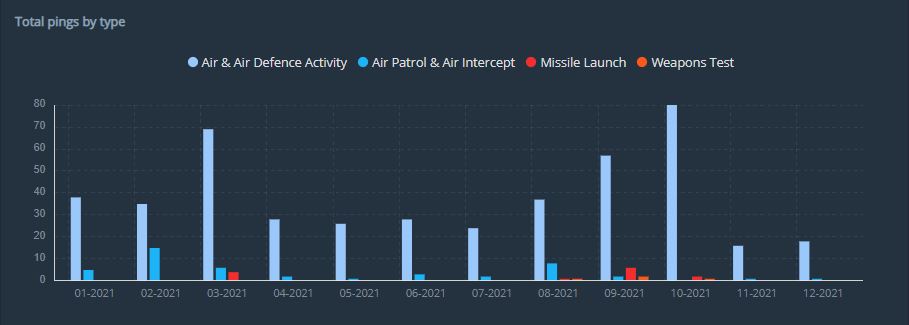
In 2021 Osprey documented at least 16 unannounced multiple launch rocket system (MLRS), surface-to-surface missile (SSM), cruise missile, surface-to-air missile (SAM), short-range ballistic missile (SRBM) and submarine-launched ballistic missile (SLBM) tests conducted by North Korea . North Korea's weapons test activity in 2021 was consistent with observed activity in 2019 and 2020.

Whereas in 2022 Osprey documented at least 100 unannounced MLRS, SSM, cruise missile, SAM, SLBM, SRBM, intermediate-range ballistic missile (IRBM) and intercontinental ballistic missile (ICBM) tests conducted by North Korea .
Historically, the initiation of each series of North Korean test launches coincided with the start of the new training cycle of the Korean People's Army (KPA). In 2022, missile launches and weapons tests increased by 525% compared with 2021 and occurred frequently throughout the year regardless of training cycles, representing a deviation from North Korea's standard predictability observed in 2019 through 2021. Osprey will continue to evaluate North Korean activity throughout 2023 to determine if the 2022 activity levels represented an irregular deviation from previous activity, or the beginning of consistent heightened activity levels.
Looking Forward
Since January 2022, we have observed a steady increase in air defence and air patrol activity in the region, including statements issued by states on the subject of North Korea's potential nuclear capabilities. There have also been several incidents of direct kinetic activity between North Korea and South Korea, such as the exchange of artillery fire in October 2022 and the South Korean shootdowns of North Korean drones operating in South Korean airspace in December 2022 and January 2023. Along with the elevated levels of North Korean activity, we observed an increase in North Korean long-range weapons tests, including a ballistic missile test in October 2022 that overflew Japan for the first time since 2017. In 2022, North Korea also increased their rhetoric regarding nuclear capabilities, threatening the use of fully developed nuclear weapons as a response to perceived grievances.
Osprey analysis of open-source data indicates that following a brief period of relative quiet – likely due to North Korea entering a phase of weapons development – the possibility of further unannounced missile launches in the area will significantly increase in February 2023 as North Korea celebrates historic events, responds to South Korean/US military drills and initiates a new KPA training cycle. In the event of further missile launches, Osprey will provide support to operators via our alerts, which offer detailed analysis of the situation as it emerges.
